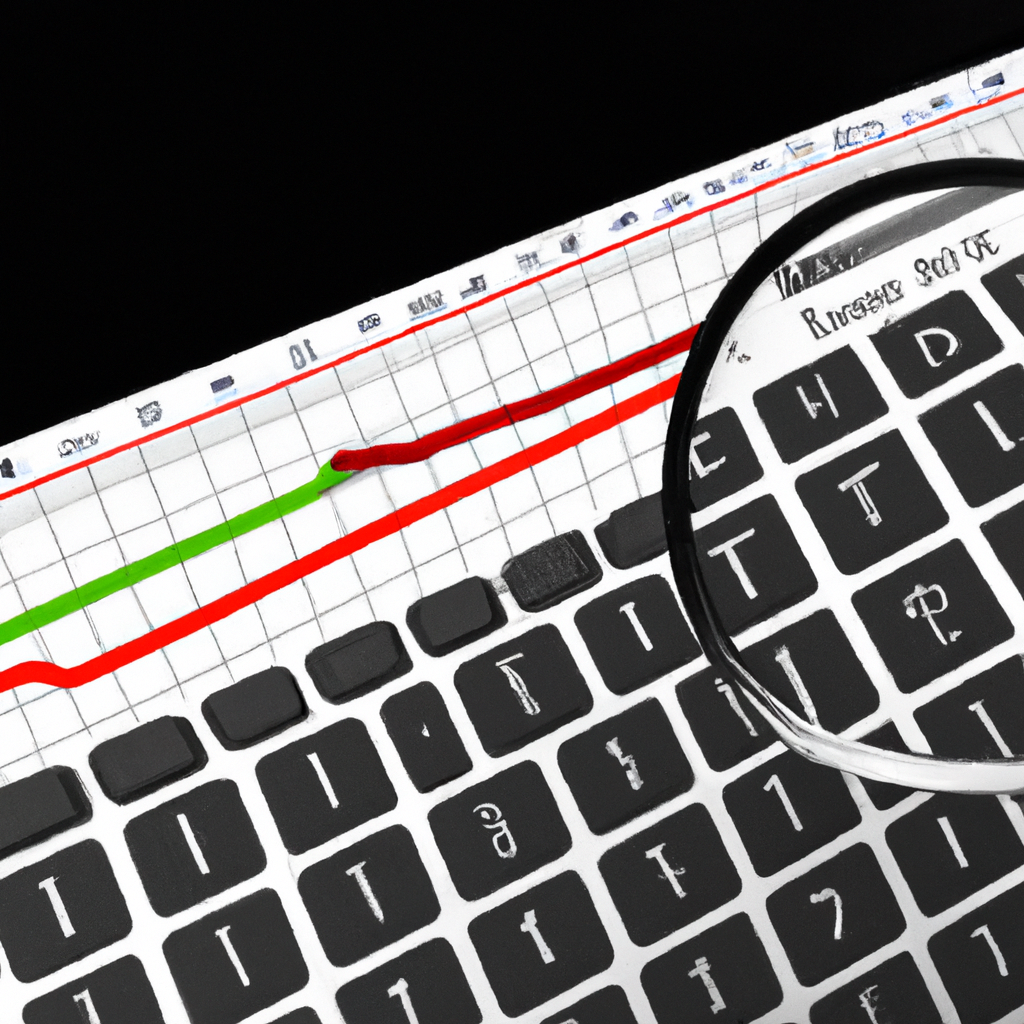Backtesting Trading Indicators: A Guide to Testing Your Strategies
Backtesting trading indicators is a crucial step in developing and refining your trading strategies. By testing your indicators against historical data, you can evaluate their effectiveness and make informed decisions about how to use them in real-time trading. In this guide, we will walk you through the process of backtesting trading indicators and highlight some key considerations to keep in mind.
What is Backtesting?
Backtesting is the process of testing a trading strategy or indicator against historical market data to evaluate its performance. By simulating trades based on past data, you can assess how well your strategy would have performed in real-time trading conditions. Backtesting allows you to identify strengths and weaknesses in your strategy, refine your trading rules, and optimize your trading approach.
Choosing the Right Data
When backtesting trading indicators, it is essential to use high-quality historical data that accurately reflects market conditions. Make sure to select a dataset that covers a significant period of time and includes various market scenarios. The more comprehensive and diverse your historical data, the more reliable your backtesting results will be.
Selecting Indicators
Before you start backtesting, you need to choose the indicators that you want to test. Consider factors such as your trading goals, risk tolerance, and market conditions when selecting indicators. It is essential to focus on indicators that align with your trading strategy and provide meaningful insights into market trends.
Setting Up Your Backtesting Platform
There are various backtesting platforms available that can help you simulate trades and analyze the performance of your indicators. Popular platforms include MetaTrader, TradingView, and NinjaTrader. Choose a platform that is user-friendly, supports your preferred indicators, and provides accurate historical data for backtesting.
Running Backtests
Once you have selected your indicators and set up your backtesting platform, it is time to run your backtests. Start by defining your trading rules and parameters, such as entry and exit points, stop-loss levels, and position sizing. Then, simulate trades based on historical data and evaluate the performance of your indicators.
Interpreting Results
After running your backtests, analyze the results to assess the effectiveness of your indicators. Look for patterns and trends in your trading performance, identify areas of improvement, and adjust your trading strategy accordingly. Pay attention to metrics such as profitability, drawdown, and win rate to gauge the success of your backtesting efforts.
Iterating and Refining
Backtesting is an iterative process that requires continuous refinement and optimization. Use the insights gained from your backtesting results to refine your indicators, adjust your trading rules, and enhance your overall strategy. By iterating on your backtesting efforts, you can improve the performance of your trading indicators and increase your chances of success in the markets.
Backtesting trading indicators is a valuable tool for traders looking to develop and refine their trading strategies. By testing your indicators against historical data, you can gain valuable insights into their performance and make informed decisions about how to use them in real-time trading. Follow the steps outlined in this guide to conduct effective backtesting and improve your trading results.


